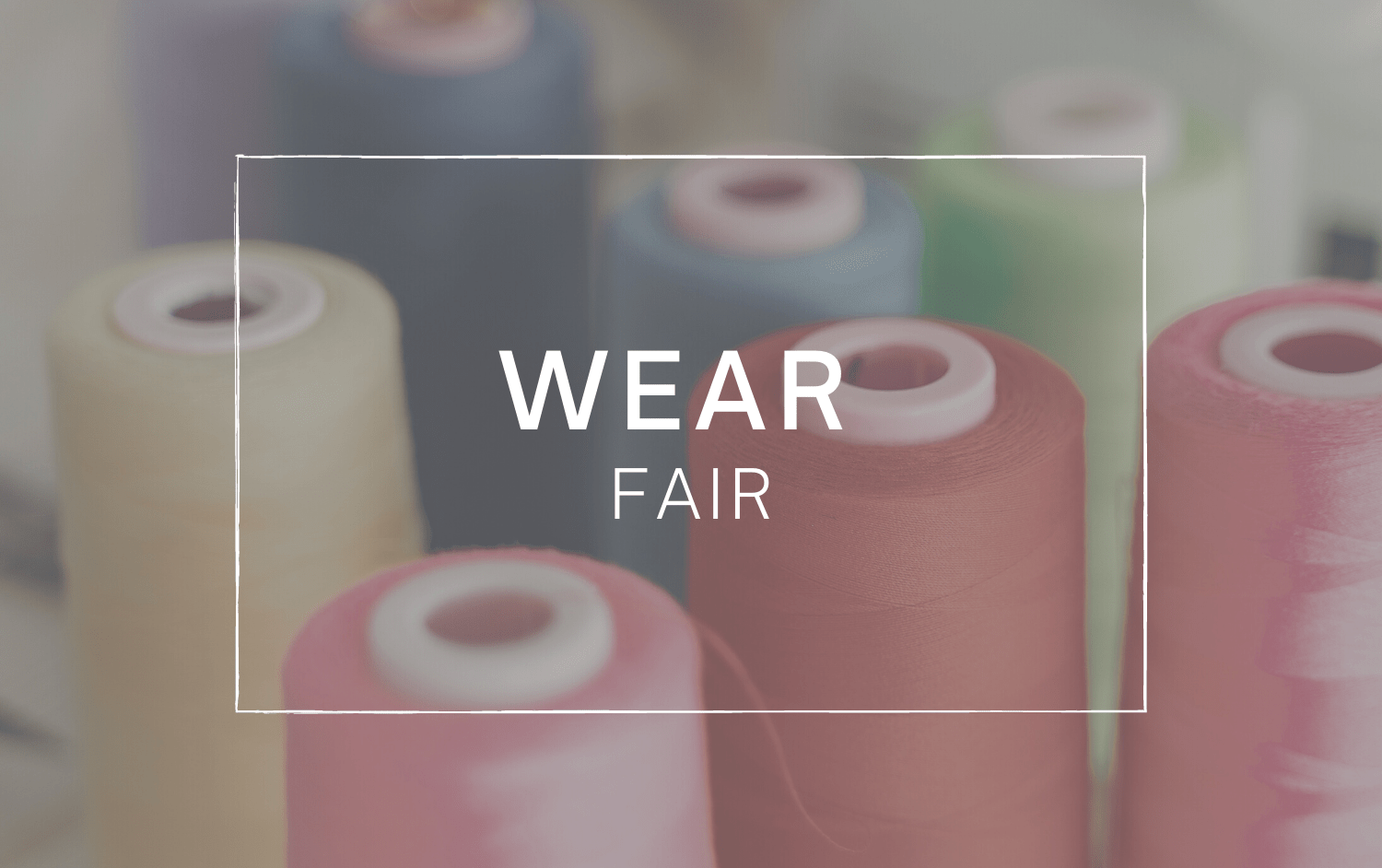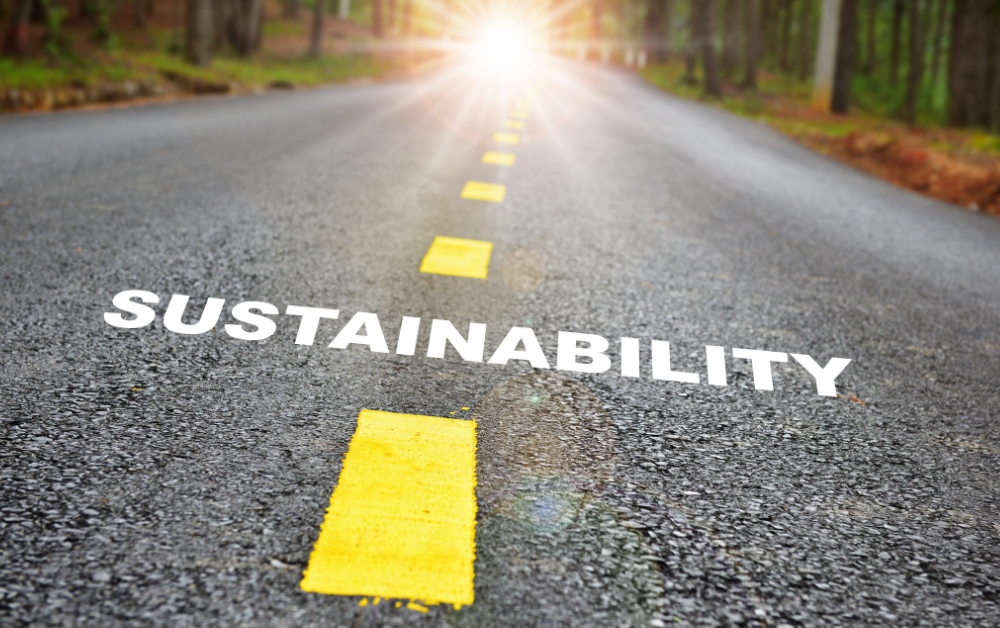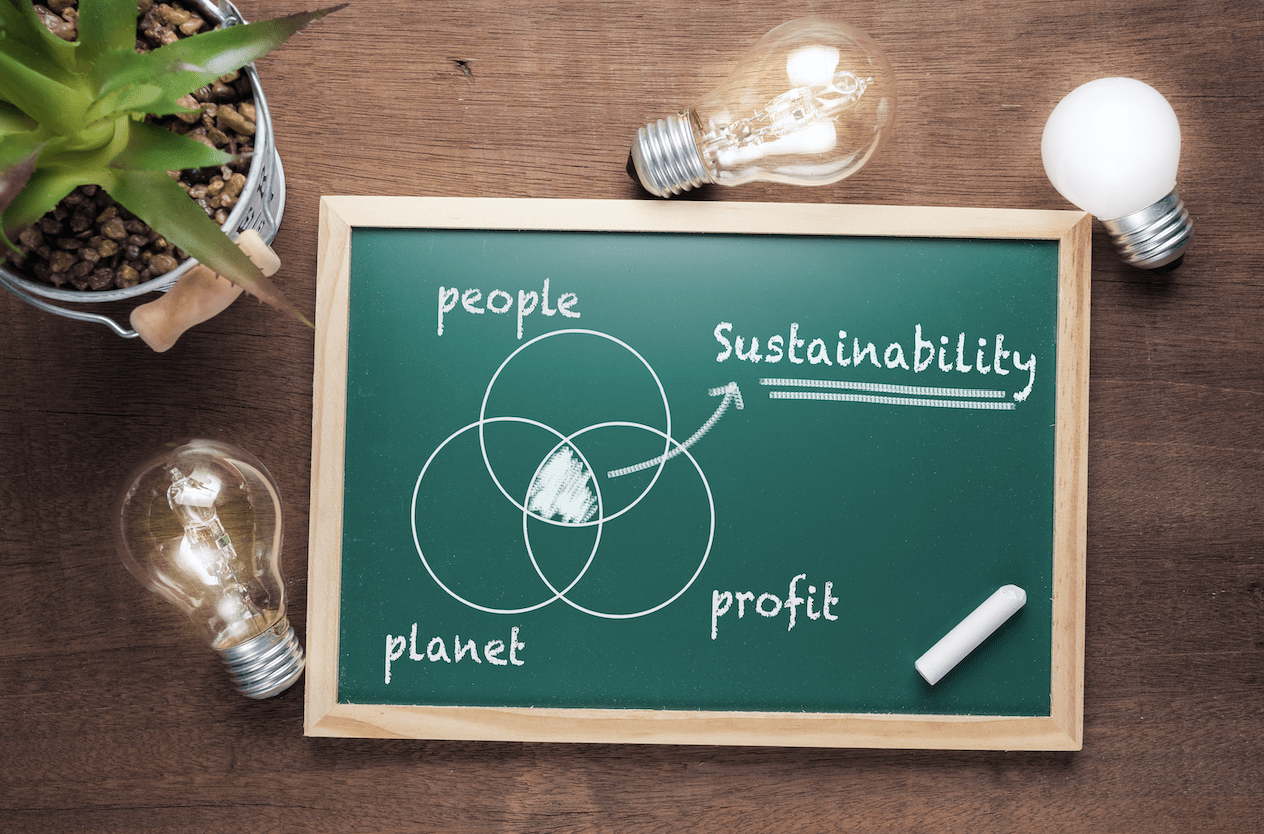Fair Trade in Fashion: Fair for all in the Industry
by ajones | Nov 11, 2020 | Fair trade, Blog | No Comments

In today’s global world, trade influences the production of most goods and services in one way or another. However, the term fair trade may be new or unclear to many.
What is fair trade?
In short, fair trade can be understood as a movement. There are a number of organizations that seek to promote fair trading practices, though each has their own definition.
Traidcraft, the UK’s leading organization in this movement, succinctly states that fair trade is “when the money we pay for products gives producers enough to afford life’s essentials.” Another example comes from the non-profit Fair Trade USA, which defines fair trade as “a global movement made up of a diverse network of producers, companies, consumers, advocates, and organizations putting people and planet first.”
When fair trade products include a certified seal, it meets strict standards in social, environmental, and economic categories. The organization works closely with producers and therefore carefully certifies transactions to confirm that those making certified products “work in safe conditions, protect the environment, build sustainable livelihoods, and earn additional money to empower and uplift their communities” (Fair Trade USA). Currently more than 1,250 businesses in over 30 product categories have earned the seal (Roshitsh, 2019).
Fair trade fashion
Fair trade is a growing priority in a number of industries. It has gained prominence in markets for products such as coffee and chocolate. However, fashion is also working to embrace these goals, which go hand-in-hand with the industry’s sustainability objectives. For example, apparel retailer Madewell is working to have at least 90% of its denim certified (Friedman, 2020).
Above all, achieving this certification helps companies turn their ideals into actions. In other words, those who produce certified fair trade fashion receive money each time the product sells, and this money is placed in a fund that a committee of workers distributes to aid in community development (Warren, 2020). Patagonia’s commitment to fair trade has already helped more than 66,000 workers (Roshitsh, 2019).
Looking forward
In conclusion, there is no doubt that the fashion industry and consumers should and will work toward increased investment in the movement. McKinsey surveyed 64 sourcing executives in 2019, asking them to identify and rank their top three topics of focus in sustainable apparel sourcing for the next five years. The top five topics were, in order:
- Sustainable materials
- Transparency and traceability
- Supplier relationship
- Purchasing practices
- Ecological footprint
In short, to be fair to all those who make the industry what it is, dedication to this movement will be vital to continued success.
References
Fair Trade USA. (n.d.). Why fair trade? https://www.fairtradecertified.org/why-fair-trade
Friedman, A. (2020). Madewell forges ahead with new eco goals and fair trade denim factories. Sourcing Journal. https://sourcingjournal.com/denim/denim-brands/madewell-sustainability-fair-trade-denim-factories-materials-culture-cotton-saitex-203054/
McKinsey. (2019, October 17). Fashion’s new must-have: Sustainable sourcing at scale. https://www.mckinsey.com/industries/retail/our-insights/fashions-new-must-have-sustainable-sourcing-at-scale
Roshitsh, K. (2019). Fair Trade USA Unveils First NYC Marketplace. Women’s Wear Daily, 6. https://wwd.com/business-news/retail/fair-trade-usa-unveils-first-nyc-marketplace-1203336990/
Traidcraft. (n.d.) Fair trade – the definition. https://www.traidcraft.co.uk/fairtrade-the-definition
Warren, L. (2020). Scaling Fair Trade Is a ‘Top Priority’ for Artistic Milliners. Sourcing Journal. https://sourcingjournal.com/denim/denim-mills/murtaza-ahmed-artistic-milliners-fair-trade-certified-denim-217943/

The importance of transparency and traceability
Many consumers are aware of the term sustainability, let alone numerous related terms like...

The Roadmap to 2030: Fashion Initiatives
Sourcing Journal’s 2022 Sourcing Report is entitled “The Road to 2030.” This title comes from the...

Understanding Greenwashing: How To Spot It
What is Greenwashing? Greenwashing is false and misleading marketing techniques used by brands or...


